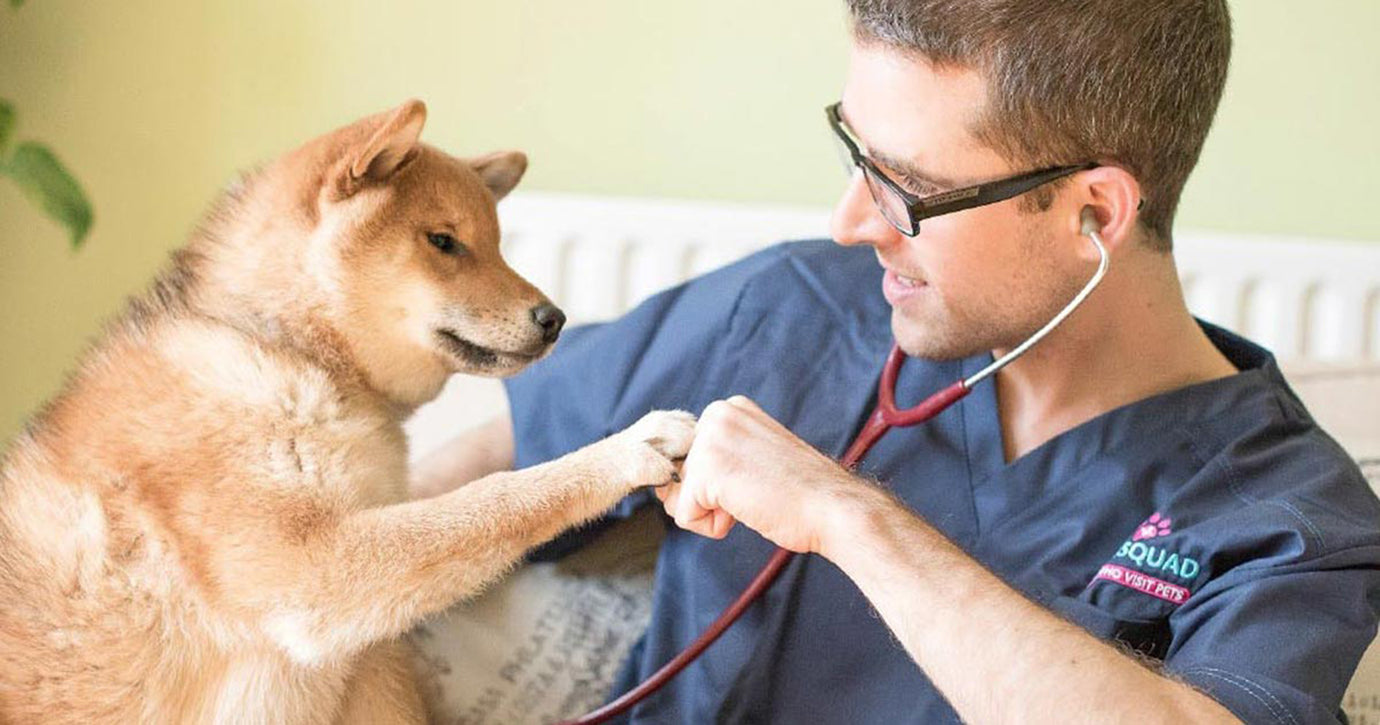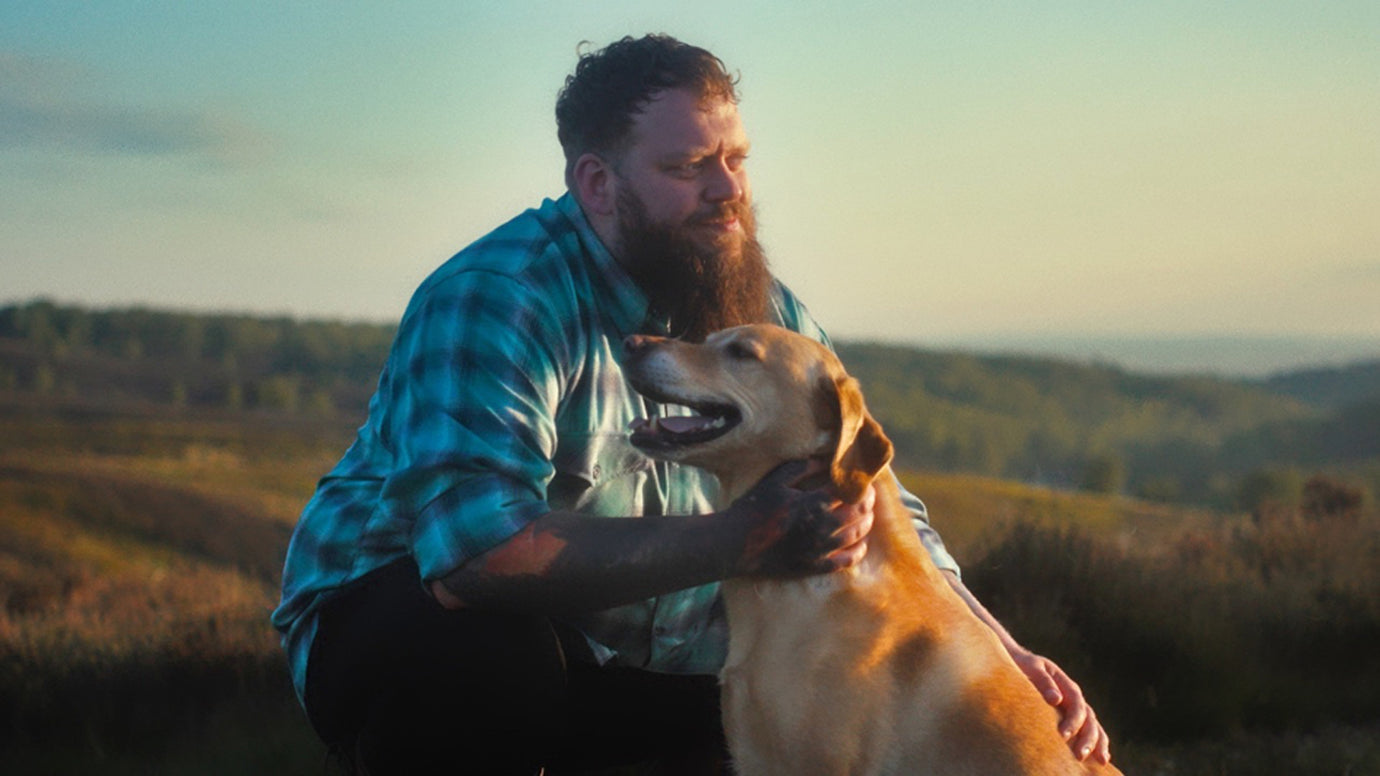Long in the tooth: Goldie the pufferfish has emergency dental work

Veterinary surgeon in Kent sawed an inch off her teeth after owner realised they had grown too long for her to eat.
The Guardian reports that a pufferfish had to undergo emergency dental work after her teeth grew so big she was unable to eat.
The owner of Goldie the porcupine pufferfish, Mark Byatt, 64, rushed her to the vets in Kent after noticing she was losing weight because her long teeth prevented her from eating properly.
Medics at Sandhole Veterinary Centre in Snodland, Kent, confirmed the five-year-old pufferfish’s teeth needed to be sawed down.
They sedated her using a water bowl filled with a mild anaesthetic solution, so they could cut off one inch from her teeth.
The veterinary surgeon Daniel Calvo Carrasco, who specialises in caring for exotic pets, said: “Porcupine pufferfish teeth are known as beaks and grow continuously throughout their lives.
“They’re usually kept short naturally, as they’re worn down on their regular diet of hard-shelled foods, but, while these foods are provided in her home environment, she is not as forthcoming in eating them as her other tankmates.
“As a result, her upper beak grew to the point where it was hindering her ability to eat effectively.”
To calm Goldie during the procedure, the water was kept well oxygenated. “This meant she was still breathing nicely throughout, but was able to be held for brief periods out of the water without becoming too stressed,” Carrasco said.
The veterinary nurse Debbie Addison held Goldie in a damp towel to prevent her from drying out – and provide a layer of protection if Goldie’s “puff up” defensive mode is activated. When they feel threatened or distressed, pufferfish can inflate to double their size to deter predators.
Carrasco said it was during those brief periods out of the anaesthetic water when he could use a dental bur – a tool often made from diamond for cutting bone or teeth – to saw off half her upper beak.
Once the hour-long procedure was over, Goldie was moved to another large bowl filled with water from her home tank to recover from the anaesthetic.
“She responded well and there was no stress at all,” said Carrasco. “Within five minutes, she was able to stay up right in the water and within 10 minutes she was back to happily swimming around. Goldie was back home and eating well within two hours.”
Goldie is now well settled back home in her tank in Leybourne, much to the relief of her owner. Byatt said: “About three months ago, we noticed her front beak was growing very quickly, even though she was eating cockle in shell every day.
“We aren’t sure why Goldie’s teeth never really managed to grind themselves naturally, but we knew we needed to get them filed, although we were unsure about how to achieve this.”
He said he was initially unsure about transporting the tropical fish to the surgery due to the risks involved. “We’re just thrilled to have Goldie back home. She is thriving back in her tank and none the worse for her visit to the dentist.’
(Story source: The Guardian)





